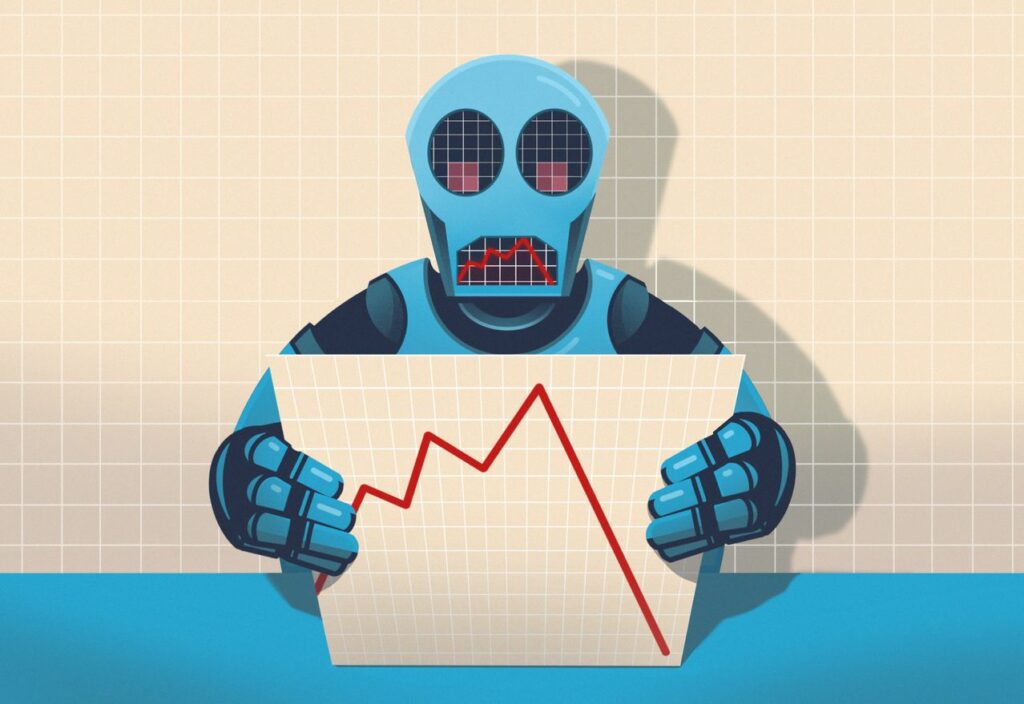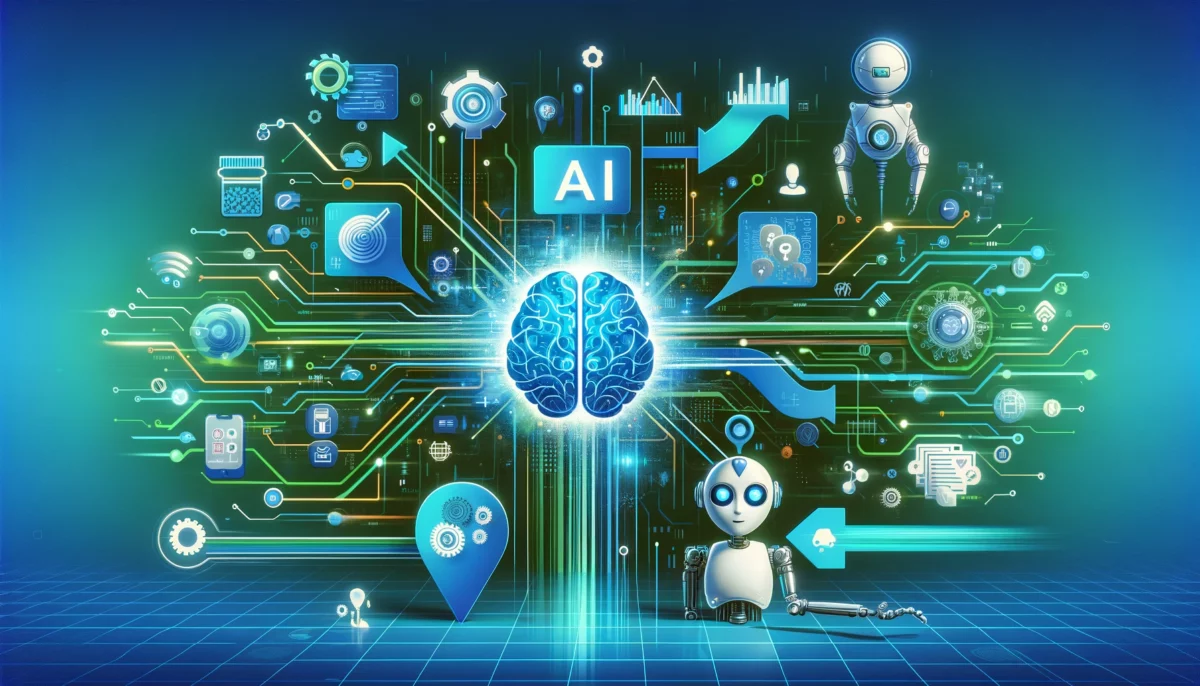Recently, the Wall Street Journal published an article titled “The AI Revolution Is Already Losing Steam,” which argued that the pace of innovation in AI is slowing, its usefulness is limited, and the cost of running it remains exorbitant.

I disagree with this viewpoint.
The notion that the AI revolution is in decline is based on several misconceptions. Critics argue that AI’s improvement rate is slowing, its application scope is limited, construction and operational costs are too high, and training data is dwindling. However, these points are not entirely accurate. Here are several counterarguments:
1. Continuous Rapid Progress
Despite claims of slowed progress, the AI field continues to advance rapidly. For example, new architectures like transformers have significantly enhanced AI models’ capabilities. New models like GPT-4 demonstrate greater complexity and subtlety in natural language processing, showcasing ongoing technological advancements.
2. Expanding Range of Applications
AI’s application range is steadily expanding. Beyond traditional image recognition and natural language processing, AI is now applied in healthcare, finance, autonomous driving, and climate modeling. For instance, AI in precision medicine customizes treatments based on individual patient needs, improving outcomes and reducing costs. In finance, AI algorithms enhance fraud detection and automated trading, increasing efficiency and security.
3. Economic Viability and Cost-Effectiveness
While constructing and operating AI systems is indeed costly, the return on investment is substantial. AI-driven automation reduces labor costs, boosts productivity, and creates new business opportunities. Companies like Google and Microsoft invest heavily in AI not just for immediate profits but for long-term strategic advantages. The mentioned early revenue from AI chips is just the initial return; as AI systems integrate further across industries, the revenue potential will significantly increase.
To further illustrate this point, consider the evolution of GPS technology. Decades ago, the idea of delivering food with the help of satellites and equipping every delivery person with a real-time communication device with computing power far exceeding ENIAC’s would have been unbelievable. Yet, this is our reality today. What seemed prohibitively expensive and impractical in the past has become a standard part of our daily lives, illustrating that high initial costs can lead to widely adopted, cost-effective solutions in the long term.

4. Abundant Data Sources
Contrary to the belief that AI companies are running out of data, new data sources continually emerge. IoT devices, social media, digital transactions, and advancements in data collection methods contribute increasing amounts of data. Additionally, synthetic data generation has become a viable solution, supplementing real-world data to provide rich datasets for training AI models without solely relying on existing internet data.
5. Significant Advances in Generative AI
Despite claims of minimal progress, generative AI has made substantial advances. From generating realistic images and videos to creating music and coherent text, generative AI models have significantly improved capabilities. The integration of generative AI in creative industries, content creation, and even software development highlights its transformative potential. The economic models for generative AI are also evolving, with monetization strategies like subscriptions, licensing, and premium features proving viable beyond just ad revenue.
6. Strategic Long-Term Investments
Companies like Nvidia, Google, and Microsoft view their AI investments strategically. These investments aim to build infrastructure and capabilities for future technological advancements. The high initial costs are necessary to construct an AI-driven economy, with long-term benefits expected to far exceed the initial expenditures.
In conclusion, while the AI revolution faces challenges, it is far from declining. Ongoing progress, expanding applications, and strategic investments indicate that AI will continue to transform various industries and society. The narrative of decline overlooks the broader context and significant advances across AI technologies.
